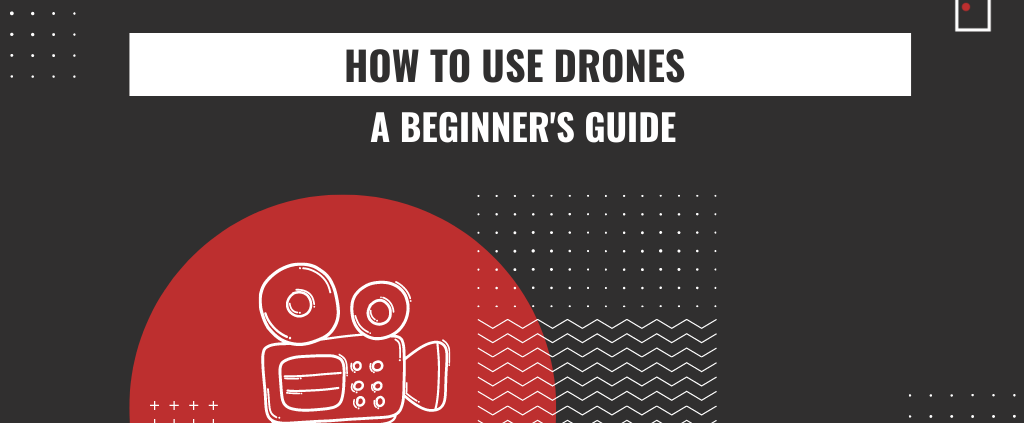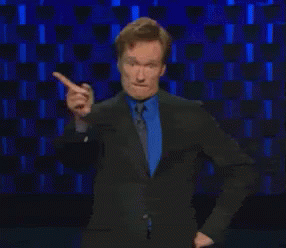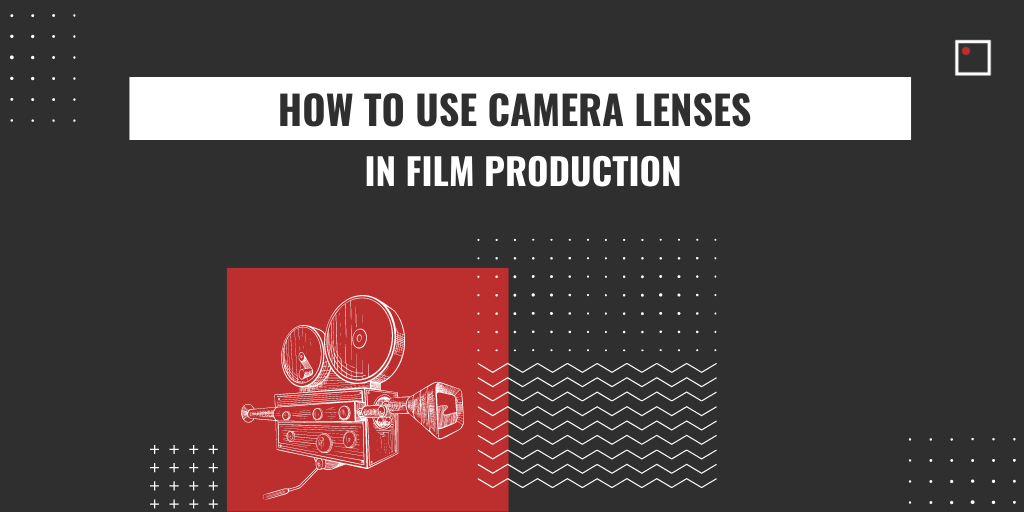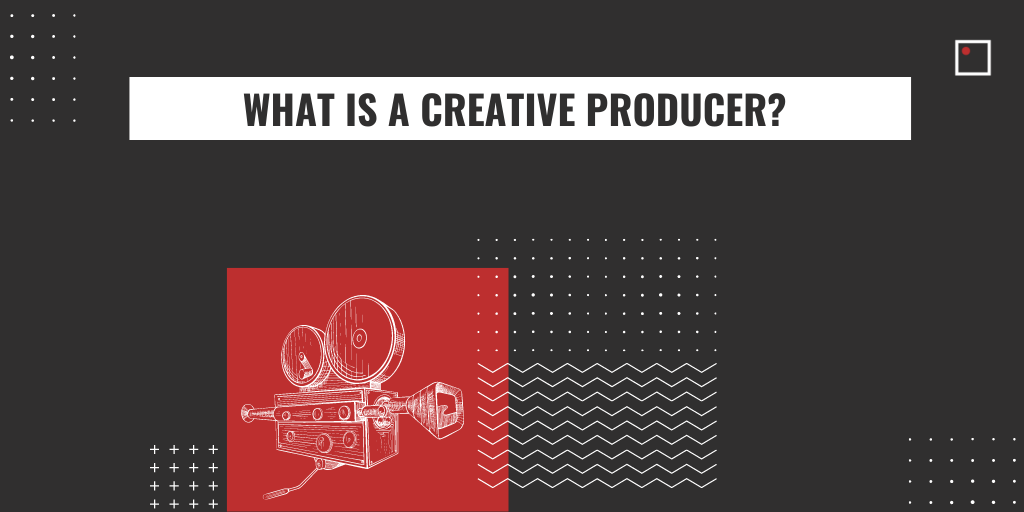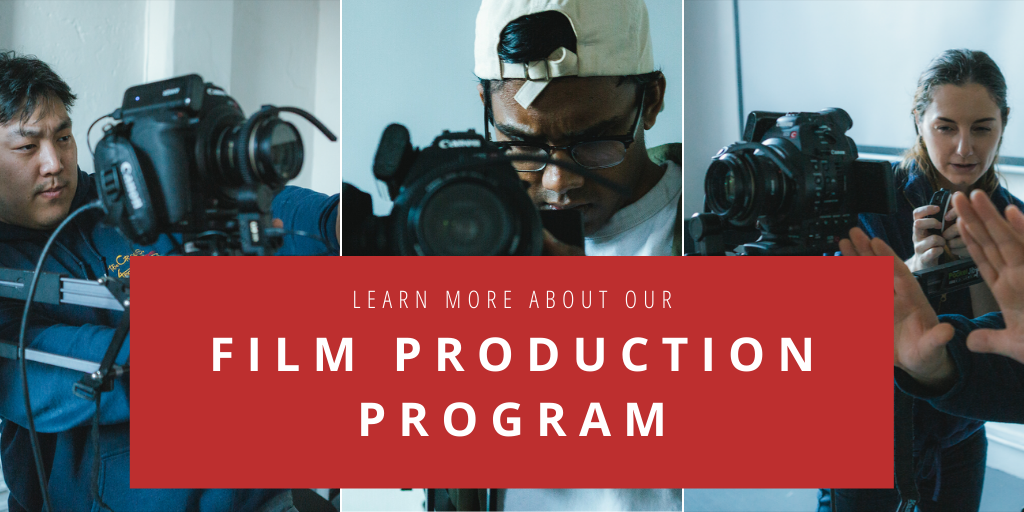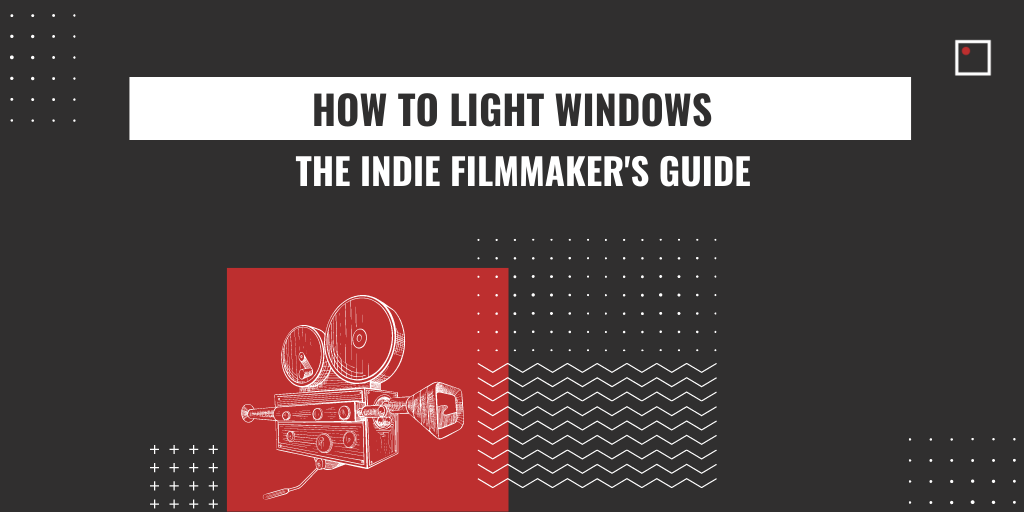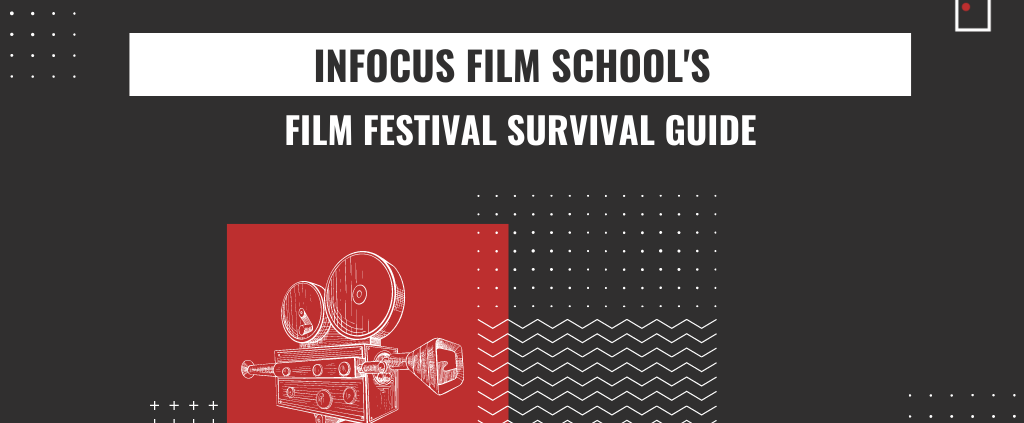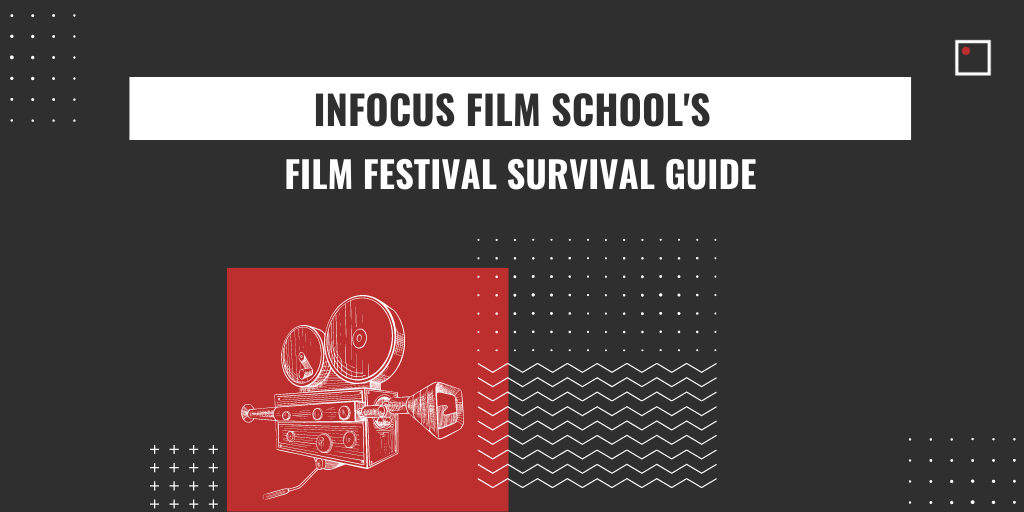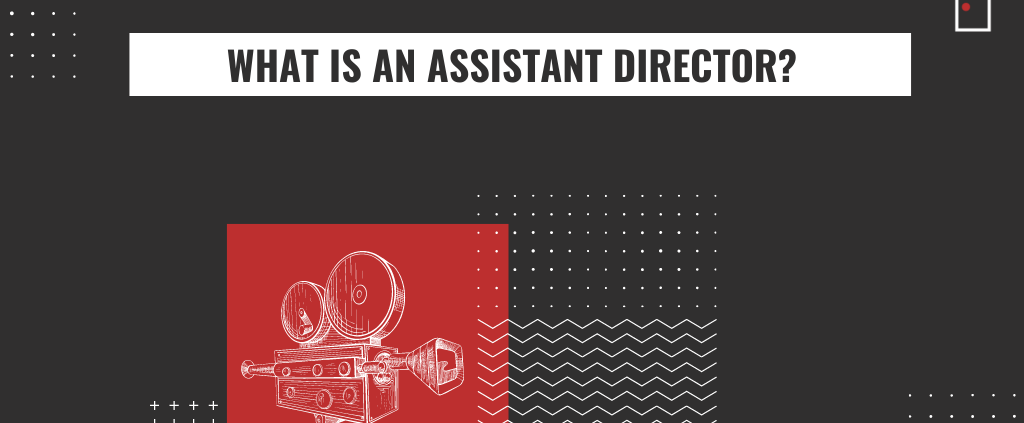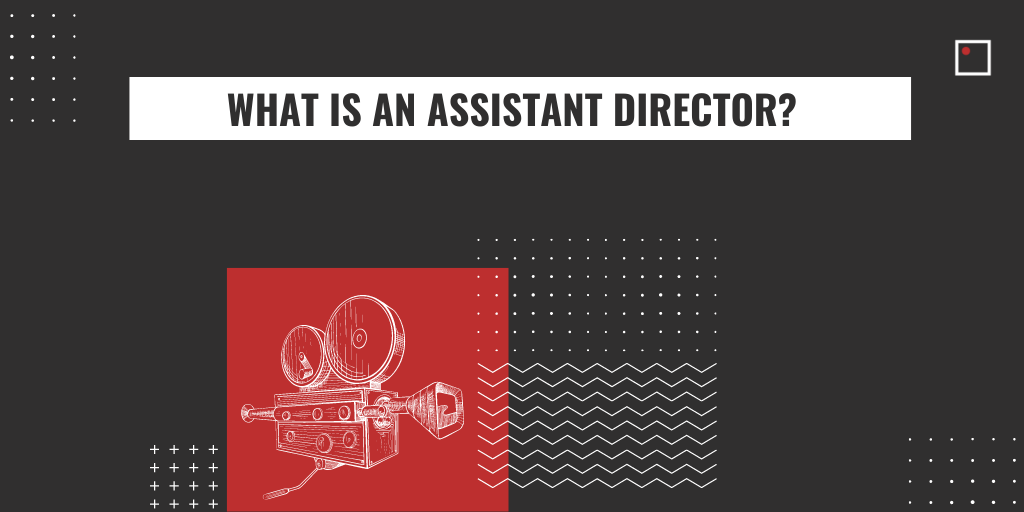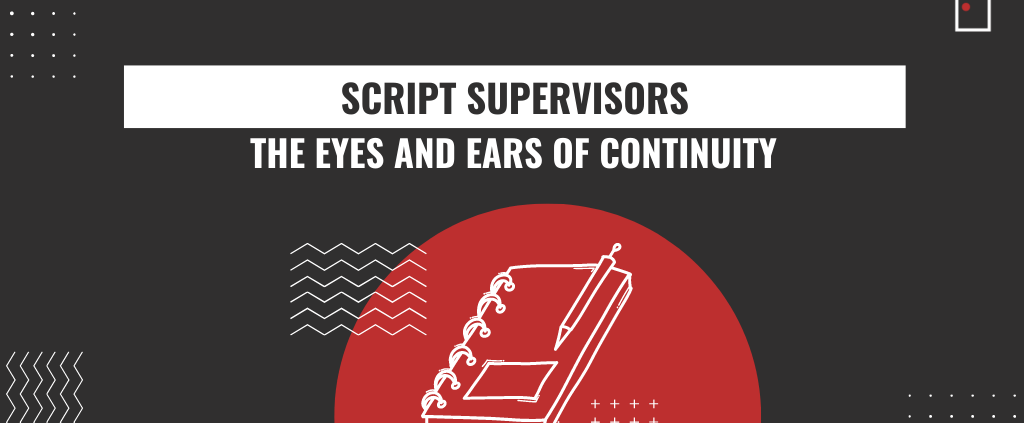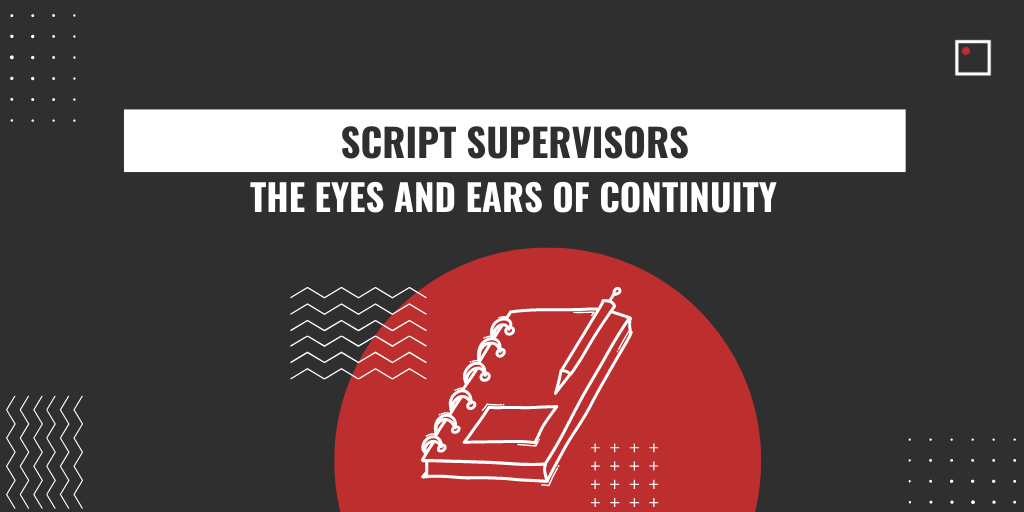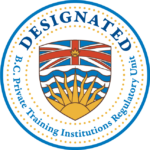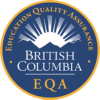USING CLICHES WILL DISRUPT THE PUBLIC’S VIEW OF YOU AS AN ORIGINAL OR UNIQUE FILMMAKER. WE LIST 7 OF THE MOST COMMONLY USED FILM CLICHES AND GIVE YOU ALTERNATIVES TO AVOID USING THEM YOURSELF.
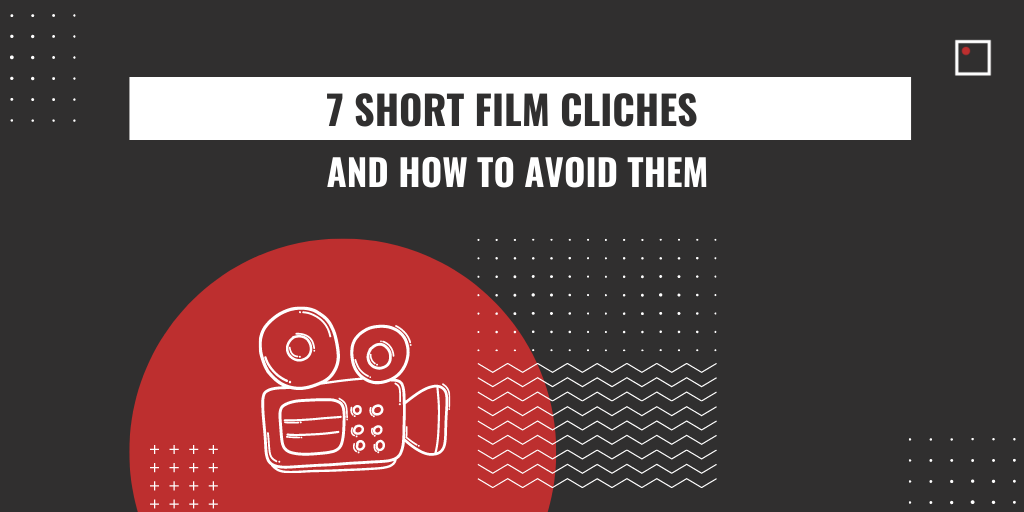
Written by Johnny Papan
Short films are as old as cinema itself. The Lumiere Brothers launched the motion picture phenomenon when they, for the first time in history, screened 10 of their short films to the public in 1895. At first short films were the only form of cinema being made. Most films didn’t exceed 10 minutes in length until the 1900s. The world’s first feature film, The Story of Kelly Gang, was released in 1906, 11 years after the Lumiere Brothers unveiled this groundbreaking new art form to the masses.
Today, short films are as prominent as ever. They’re a go-to launching pad for filmmakers and can be utilized as a proof of concept for longer films or to showcase an artist’s prowess in a quick and compact way. Thousands of short films are produced every year and production values can vary from cinematically exquisite to D.I.Y. home movies. That being said, regardless of the production budget, a strong, well-told story is what truly matters.
With so many films being made every year, you’re bound to see similarities. However, some tropes cross the line of comparability and have become outright cliches over time. If you are a new filmmaker or film school student who wants to stand out amidst the sea of film festival submissions, here is our list of 7 cliches to avoid if you’re making a short film.

Click here to learn more about InFocus Film School’s Writing for Film and Television Program!
Read more



